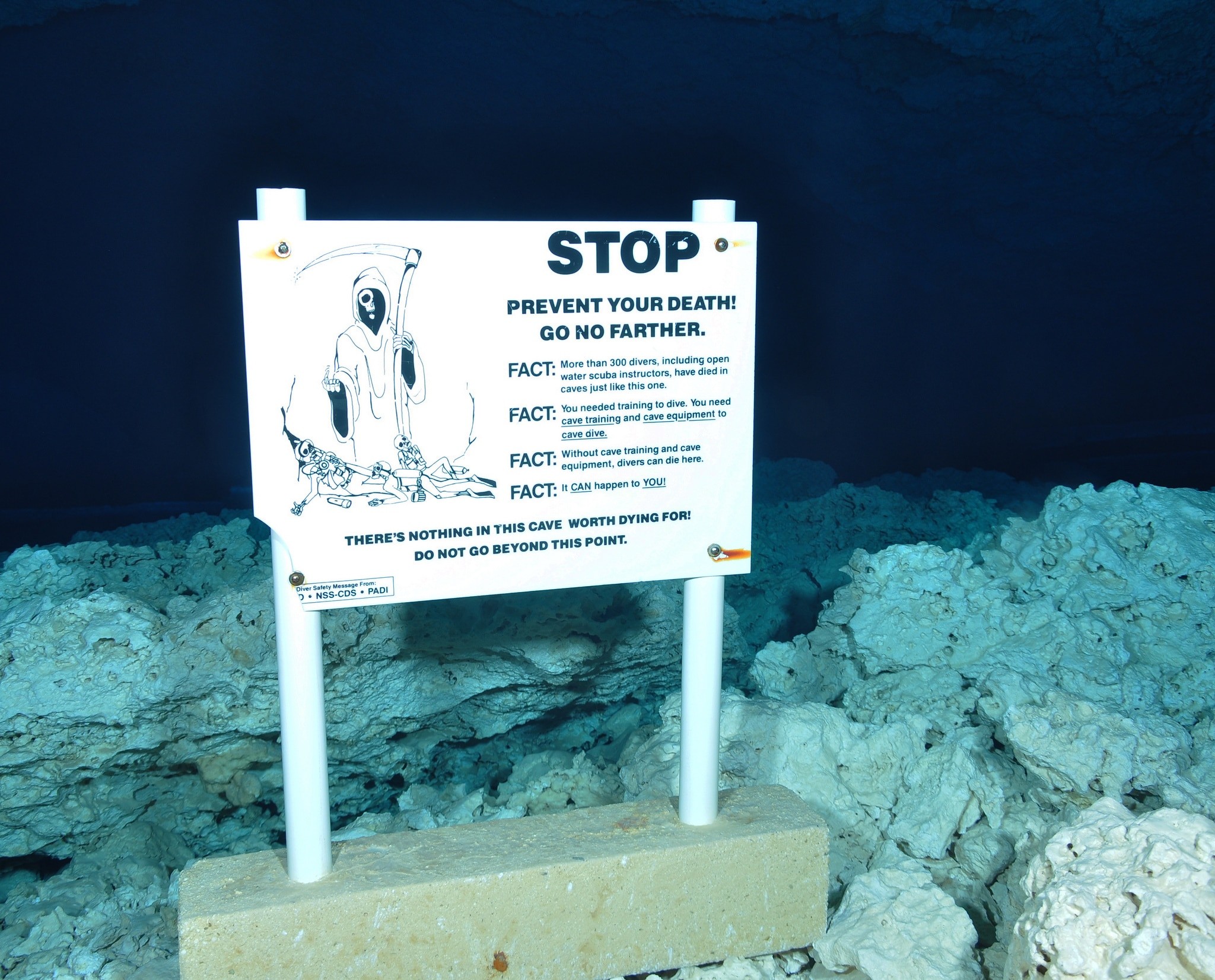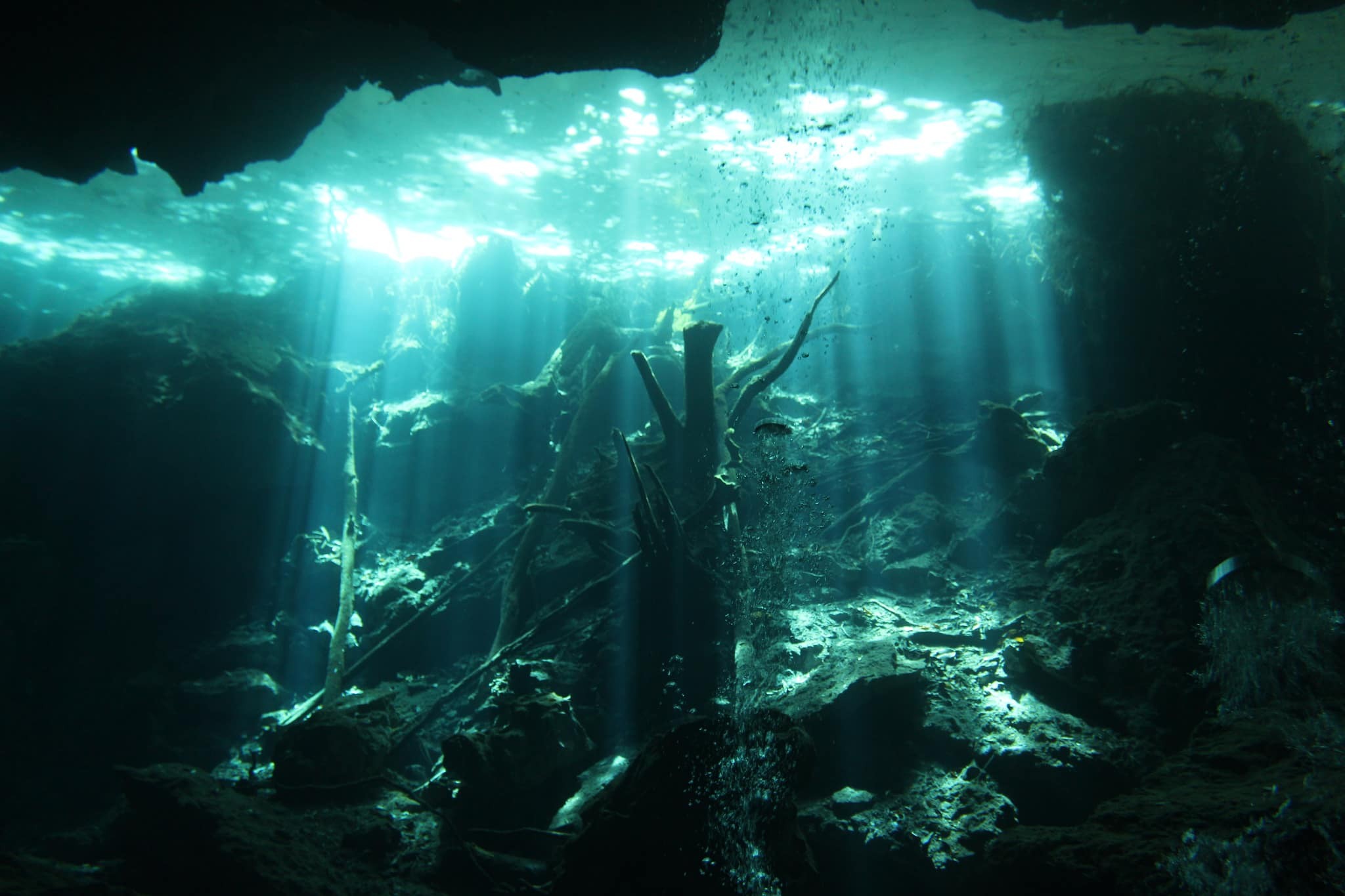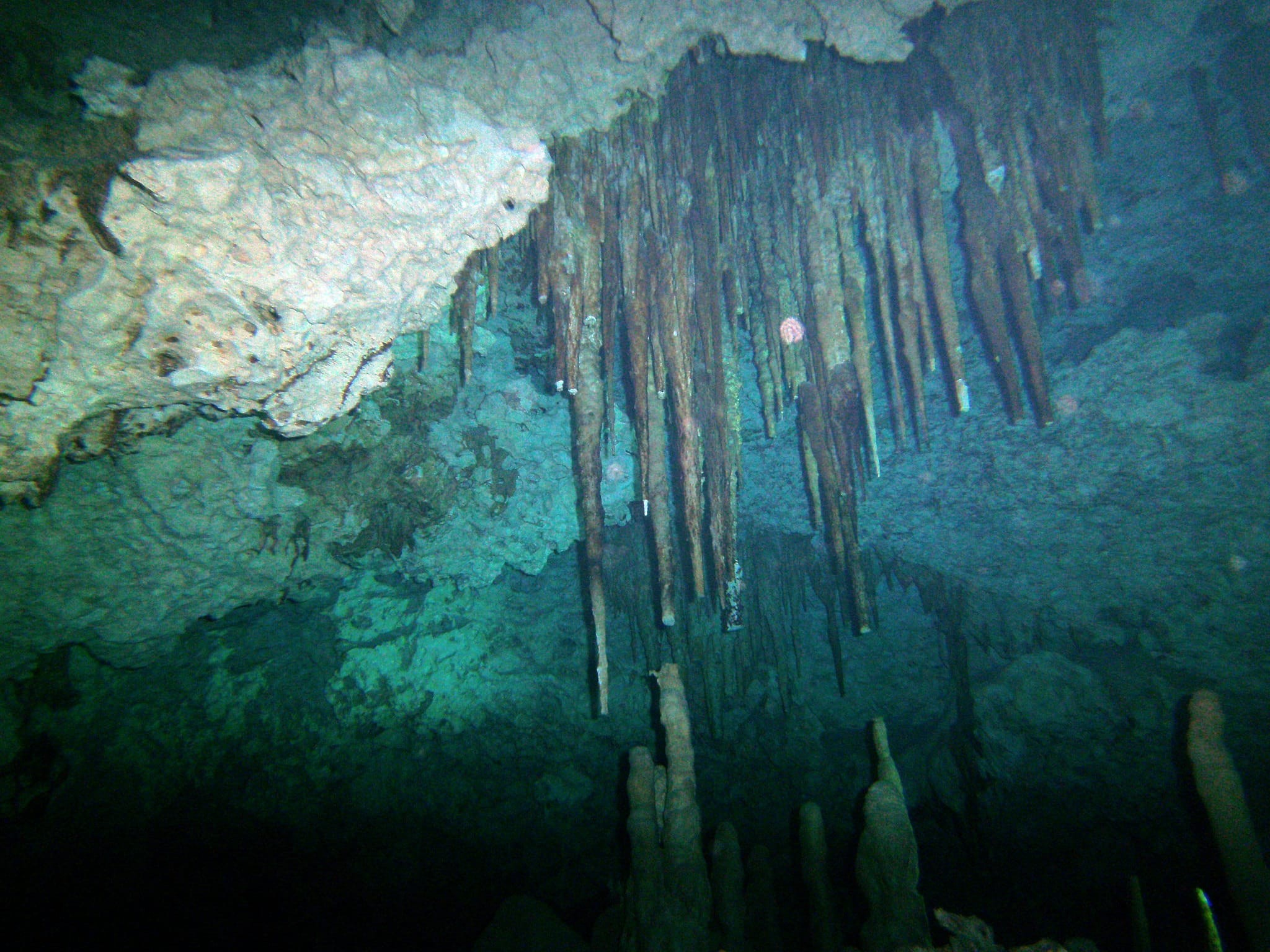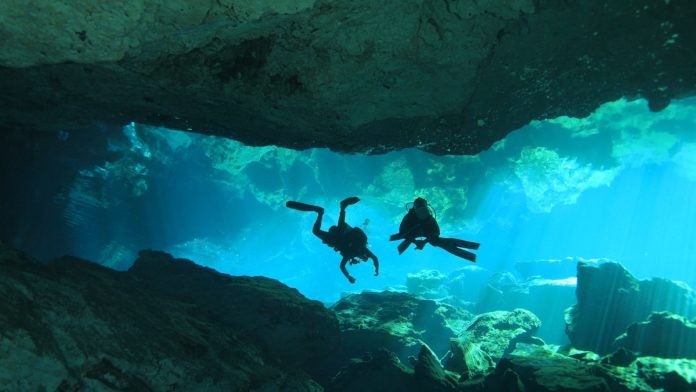Caverns present unique diving opportunities enjoyed by many divers, however it is one that leads to deaths for many untrained divers. Nine out of ten divers who die in natural overhead environments lack any formal training in cavern or cave diving. These deaths include open water dive instructors without cave experience who venture into caves. Caverns represents an natural overhead environment, similar to the overhead environment of a wreck in that the diver can not ascend directly to the surface. Natural overhead environments create special risk that can be better managed when a diver is properly equipped and trained. The risk become greater as a diver progresses from a cavern to a cave. Many of the cavern sites prohibit the use of lights by divers who are not certified to dive a cavern as a means to discourage untrained divers to go into the overhead environment.

Due to difference terms used by divers and the general population, it is important that we clarify upfront what the dive industry calls a cavern and what it calls a cave. Scientifically, a cave is a enclosed hollow space underground. A Cavern is a series of interconnected caves. In some cases, a single large cave may be called a cavern. Diving uses a definition of caves and caverns that relate more to light. Both are natural overhead environments that do not allow direct access to the surface. A cavern is that space that is within the light zone. Similar to penetration dives for wrecks, the light zone is defined by the limit that the diver can explore and still see the light of the entrance. A cave is any natural overhead environment in which the light from the entrance can no longer be seen. Cave diving is a technical skill that is outside the scope of recreational diving. It requires advanced skills and equipment and extensive training.

Types of Caverns
Caverns are found throughout the world and it is often easy for any diver to slip into one. I am sure most divers have slipped into a overhead environment at one time or another. A swim through might only be a few meters long and many will not consider it an danger. However, longer spaces do need the special training. Coral reefs will often have long tunnels that really fall into the cavern category. Some of the best cavern dives are in freshwater. While caverns can be found anywhere there are a few locations known for their caverns and caves.
- Florida springs – Florida has an extensive network of springs and underground rivers. While there are hundreds of these dive sites around the state, the Peacock Springs and Ginnie Springs, may be the most visited freshwater diving spot in the world. Much of Florida has extensive limestone formations. It also has hundreds of miles of underground rivers. These underground rivers erode the limestone around it. The erosion can also create a sinkhole. A sinkhole happens when the roof above the underground river can not support the weight above it, causing it to crash down. Natural springs and the sinkholes are the entry points for scuba divers. While cave diving is found in many places in the world, Florida’s cave system has many caverns. Often a dive site will have sections suitable for open water divers, a section that is classified as a cavern and an entrance to a cave. The cave entrances are often smaller tunnels, and may have a current in either direction.
- Mexico Cenotes – The Yucatán Peninsula of Mexico sticks out into the Caribbean Sea. Millions of years ago sea level was higher and it was a coral reef. As the seas dropped the land was formed. However, like Florida, the base is limestone and underground rivers and ground waters have eroded the land from within. This has created sinkholes that are called Cenotes in Mexico. The Yucatán Peninsula has no surface rivers so to the ancient Mayan people these Cenotes were their only source of water. Today they provide snorkelers and divers with outstanding diving potentials.
- Blue Holes – The Great Blue Hole of Belize is the best known blue hole in the world. There are a number of them in other parts of the world including the Red Sea and Palau. A blue hole is similar to the above types of sites. The major difference is that the entrance to the blue holes are below sea level. While some blue holes do have cave systems, it is also common to see “windows” that exit out to a reef.
Training Programs to Dive Caverns
The training programs to certify a diver as a cavern diver is similar to that of a wreck diver. However, there are different considerations between the two, therefore, the training agencies offer separate programs. First off the requirements for instructors is more stringent than any other course. Cavern Dive instructors must be fully qualified Cave divers. Additionally while teaching or leading an adventure dive the dive leader must be wearing full cave diving equipment.
There are a number of task that are included in the training programs. Cavern divers should always use a guide line. While many popular cavern dive sites have permanent lines, the training requirements includes how to lay and recover a guide line using a reel. The problem of silting that wreck divers encounter is also a potential problem for cave and cavern divers. Therefore divers need excellent buoyancy control and be able to adapt to silt out conditions.
There are different types of entrances to caverns and some of these require different methods of entry. Many caverns lead to caves and in many cases are a part of an underground river system that will have currents.
The cavern diver is a recreational diver and little extra equipment is needed. Divers entering an cavern should have a primary and secondary light. Also each dive team need a line and reel to mark their journey. Often a cavern diver will have less equipment than normal. You will want to be as stream lined as possible and remove any equipment that will not be used.

Diving an cavern can be a unique experience, especially in those that had formed stalactites and stalagmites when the cavern was dry. Over eons sea levels have raised and fallen many times. While a cavern is above sea level it may create stalactites and stalagmites. Water seeping into the cavern bring minerals that build up to leave these rock “icicle”. If you have not tried one, give it some consideration.

